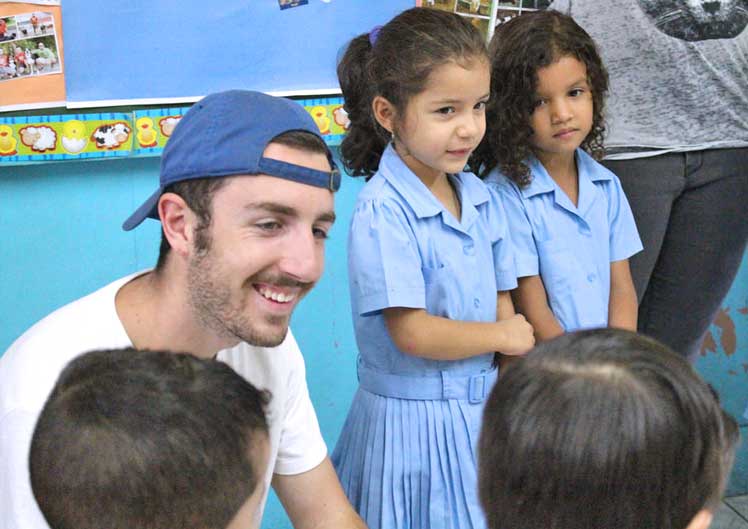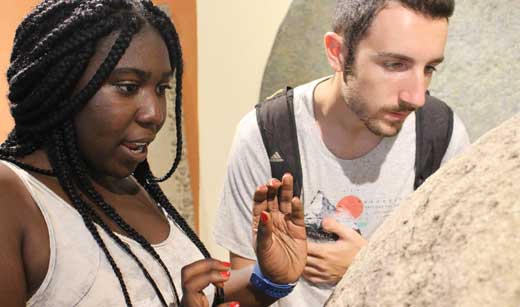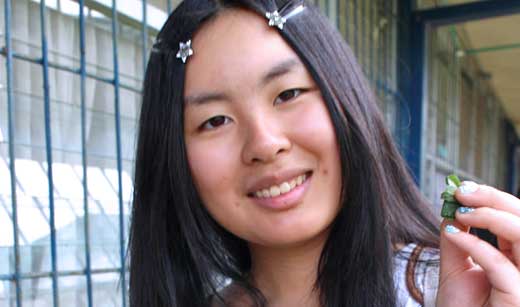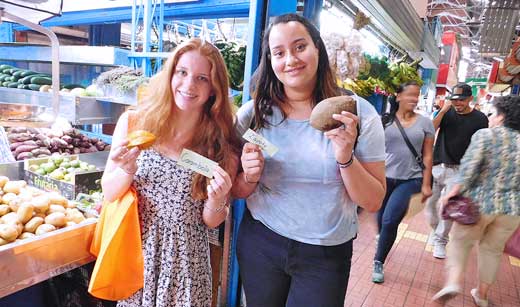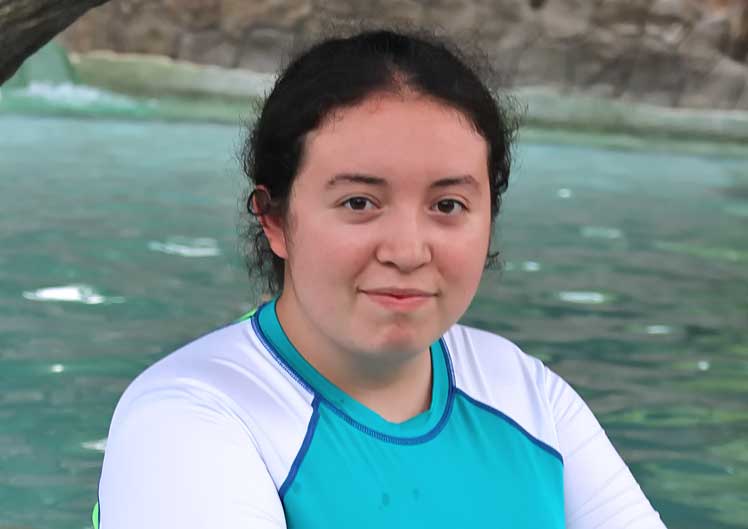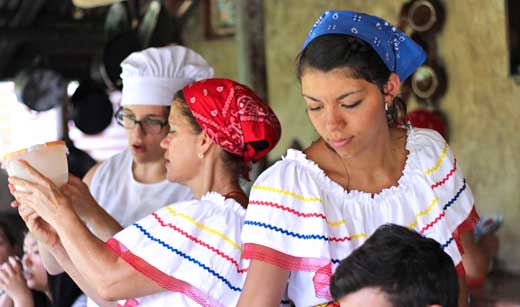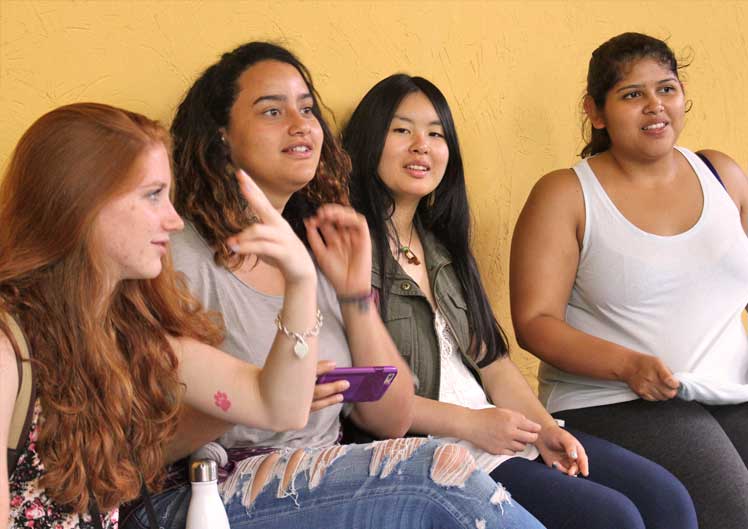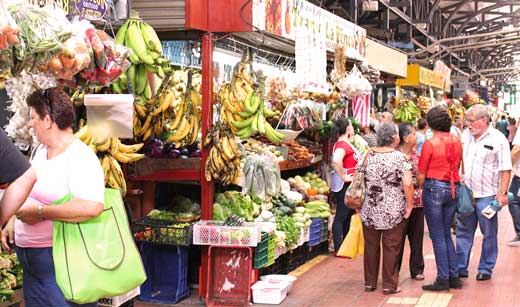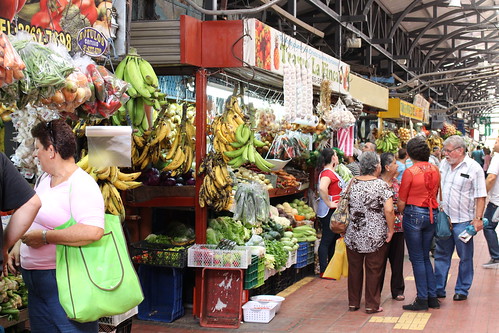When Dr. Benita Sampedro and Dr. Brenda Elsey sought a country for a special summer study abroad program for Latin American and Caribbean Studies (LACS), Costa Rica was a natural choice. "Costa Rica is very well known in the region for the success of its sustainability programs and its long-standing democratic tradition, which are, of course, related. Its stability has provided a kind of model for the region," said Dr. Elsey, an associate professor of history who co-directs the LACS program with Dr. Sampedro, an associate professor of romance languages and literatures.
This unique social landscape allowed LACS to design the program as interdisciplinary.
"In LACS, we have faculty participating from every discipline in the university that's able to," Dr. Elsey said. "And in Costa Rica we can combine the history and the sustainability coursework and engage the students from different units across Hofstra."




